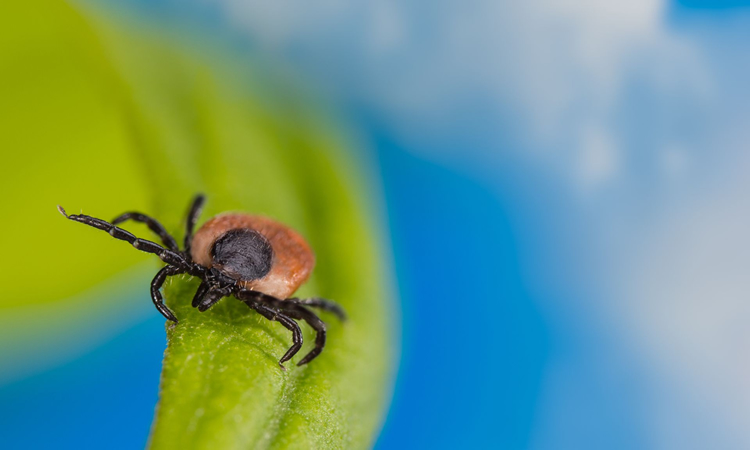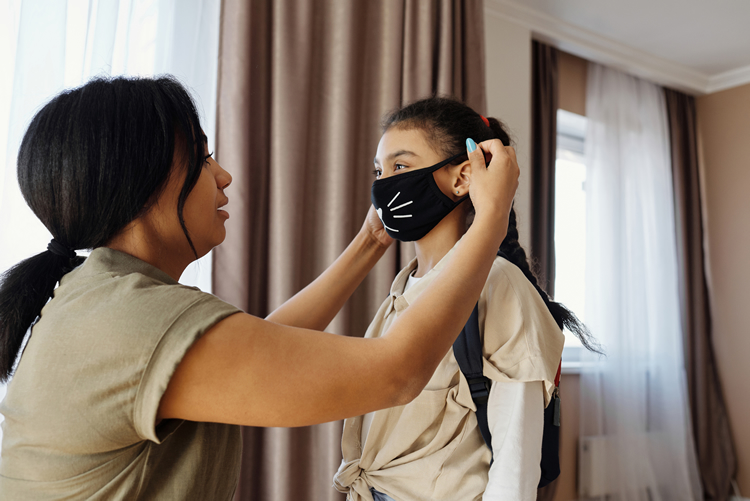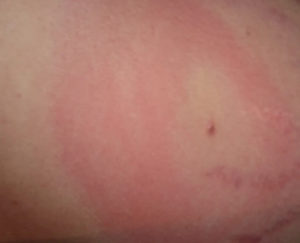Find Out Why Lyme Disease Might Not Ever Go Away
Lyme disease is a curable ailment. In fact, if caught in the early stages, it can be cured within a few weeks’ time. Even so, Lyme infection can result in a chronic condition. Not everyone afflicted with Lyme disease will be cured.

Why Lyme Disease Might Not Ever Go Away
There are millions of people who have been diagnosed with chronic Lyme disease. However, there is no way of knowing how many people today are carriers, who never got sick. This is because many people never show symptoms of the infection in the first place. A study conducted by the CDC found that only 33% of infected people reported experiencing a single symptom.
Also read: Does Lyme disease have a season?
Signs and symptoms of Lyme disease
- A red bull’s eye rash that expands and fades after a few weeks.
- A flu-like headache.
- A fever that can feel like a mild infection.
- A swollen and migratory joint pain.
- Tingling and numbness in the hands, feet and/or other parts of the body.
- Fatigue and memory loss.
Treating Lyme disease: What to do
- People with early-stage Lyme disease can be treated with antibiotics.
- People who experience persistent symptoms after antibiotic treatment can be treated again.
- People who experience long-term symptoms, such as fatigue or joint pain, should seek medical help right away.
Tick control is key to Lyme disease prevention
Avoiding ticks is the best way to avoid contracting any tick-borne illness. At home, professional tick control through periodic barrier protection sprays, will help you avoid ticks.
- Prevent ticks from attaching to your skin by using insect repellent and wearing protective clothing.
- Inspect your body for ticks after being outdoors, and remove them as soon as you see them.
- Keep your yard mowed so that ticks have fewer places to hide.
- Prevent mice and other rodents from entering your home.
- Prevent your pets from bringing in ticks.
What to do if you’re bitten by a tick
- Remove the tick as soon as possible.
- Wash the bite area with soap and water.
- Seek medical attention if symptoms worsen, such as a fever, joint pain, rash, or severe fatigue.






 As experts scramble to unravel the mystery of persistent symptoms of coronavirus, the Global Lyme Alliance is reaching out to these new long haulers. As with chronic Lyme disease, the common perception is that once you treat the illness, you are cured. Chronic sufferers of COVID-19 will likely be met with some misunderstanding, but a light is being shone on their suffering. If you search online or watch the news, you will see their stories. There is a active push for awareness, and even more incentive for us to protect ourselves. Doctors are working to treat long haulers, and one could assume that the overall awareness and acceptance of the phenomenon will offer hope to chronic Lyme disease patients, who seek acceptance and effective treatment. The idea that a negative test does not mean that the infection did not leave lasting effects could eventually become a thing of the past. Those suffering chronic Lyme could find new hope in no longer being dismissed by their families, friends, and even medical professionals. There could be a time in the near future, when persistent Lyme symptoms are taken seriously, and this is great news if you suffer from these symptoms.
As experts scramble to unravel the mystery of persistent symptoms of coronavirus, the Global Lyme Alliance is reaching out to these new long haulers. As with chronic Lyme disease, the common perception is that once you treat the illness, you are cured. Chronic sufferers of COVID-19 will likely be met with some misunderstanding, but a light is being shone on their suffering. If you search online or watch the news, you will see their stories. There is a active push for awareness, and even more incentive for us to protect ourselves. Doctors are working to treat long haulers, and one could assume that the overall awareness and acceptance of the phenomenon will offer hope to chronic Lyme disease patients, who seek acceptance and effective treatment. The idea that a negative test does not mean that the infection did not leave lasting effects could eventually become a thing of the past. Those suffering chronic Lyme could find new hope in no longer being dismissed by their families, friends, and even medical professionals. There could be a time in the near future, when persistent Lyme symptoms are taken seriously, and this is great news if you suffer from these symptoms. Knowing that Lyme disease can be just as life-altering as COVID-19, it is imperative that we keep ourselves protected from tick bites. The best way to prevent Lyme infection is to eliminate ticks from your yard. Reputable tick control companies offer ultimate protection with
Knowing that Lyme disease can be just as life-altering as COVID-19, it is imperative that we keep ourselves protected from tick bites. The best way to prevent Lyme infection is to eliminate ticks from your yard. Reputable tick control companies offer ultimate protection with 


